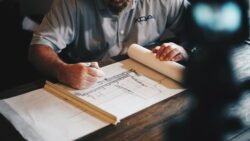California Personal Injury Laws
Exploring the intricacies of California's personal injury laws presents a formidable challenge, given the state's unique legal provisions and the broad spectrum of cases it covers. From the strict liability imposed on dog owners to the nuanced caps on damages in medical malpractice suits, understanding these regulations is essential for anyone embroiled in personal injury disputes. As we examine the framework of these laws, including the time-sensitive statutes of limitations and the implications of negligence claims, a question arises: How do these legal standards impact the strategies of both plaintiffs and defendants in pursuing justice? This exploration offers a glimpse into the complexities that define personal injury litigation in California.

Key Takeaways
- California is a strict liability state for dog bites, holding owners accountable regardless of the dog's past behavior.
- Personal injury claims, including those for medical malpractice, have specific caps and statutes of limitations.
- Liability for injuries can extend to businesses and property owners under certain conditions, such as negligence or selling alcohol to intoxicated patrons.
- Commercial General Liability insurance is essential for businesses to cover various liabilities, including premises and product-related injuries.
Dog Bite Liability
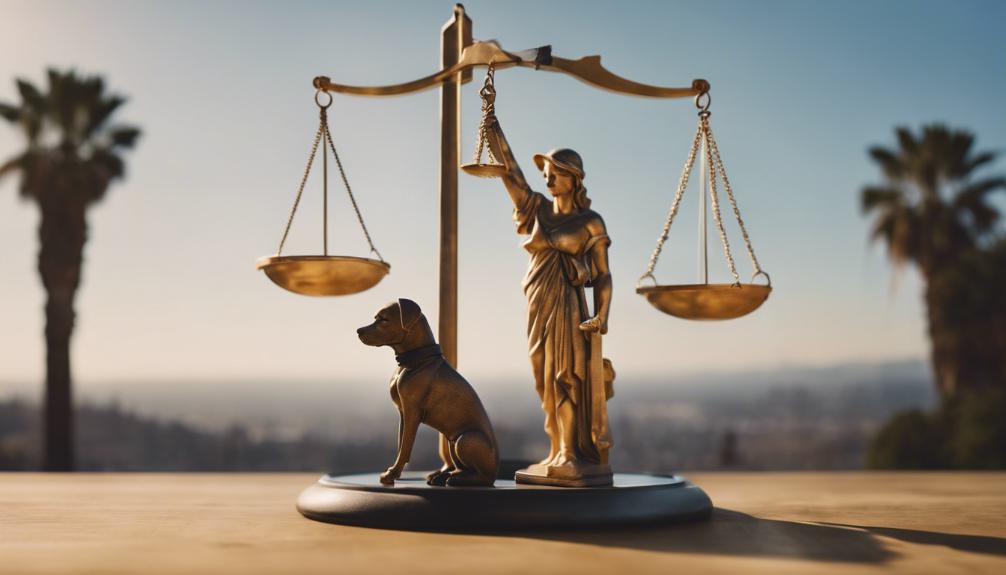
In California, what responsibilities do dog owners bear in the event of a dog bite incident? The state's legal framework positions California as a strict liability jurisdiction concerning dog bites. This means dog owners are held accountable for injuries their pets cause, regardless of the animal's past behavior or the owner's knowledge of such behavior. There are few exceptions to this rule, such as when the victim is trespassing or provoking the dog. However, even trespassers may have a basis for a claim under certain conditions. This strict liability approach simplifies the victim's process of seeking compensation, as they are not required to prove negligence on the part of the dog owner to establish liability for their injuries.
Damage Caps Overview

Understanding damage caps in California is essential for anyone managing personal injury claims, as these caps directly affect the potential compensation available to victims. Generally, California does not impose caps on damages for most personal injury claims, allowing victims to receive full compensation for medical expenses, lost wages, and pain and suffering. However, a notable exception exists within the area of medical malpractice. Here, California law, specifically through Assembly Bill 35, limits non-economic damages, such as pain and suffering or loss of companionship. These caps are subject to incremental increases until 2033, reflecting a structured approach to balancing victim compensation and the financial realities of healthcare providers. This nuanced approach underscores the importance of understanding specific limitations when pursuing personal injury litigation in California.
Statute of Limitations
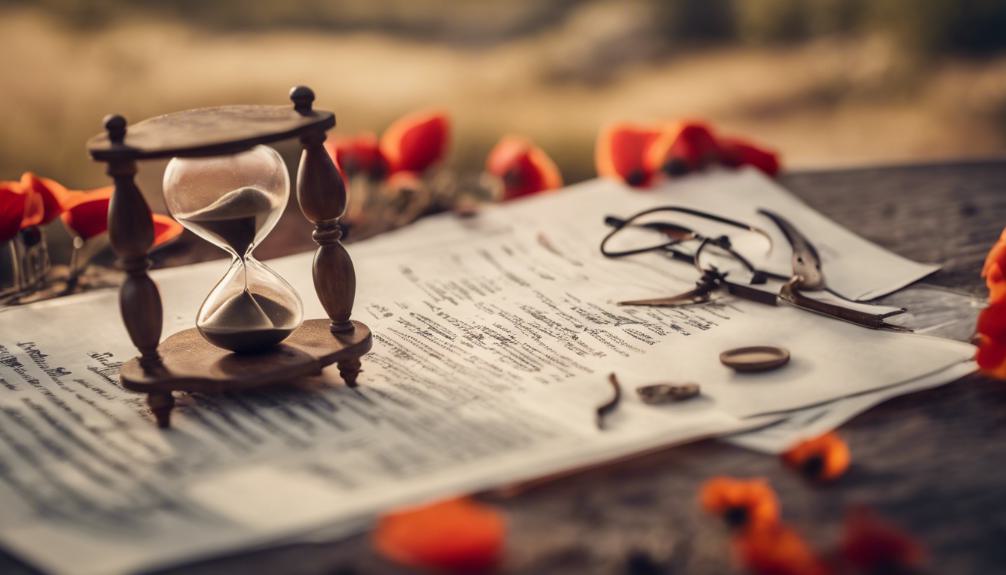
Why is it essential for individuals pursuing personal injury claims in California to be aware of the statute of limitations? The statute of limitations is a critical legal timeframe within which an injured party must file a lawsuit. In California, most personal injury claims must be filed within two years from the date of the injury, as outlined in Sections 335.1 and 340 of California's Code of Civil Procedure. This period guarantees timely resolution and, additionally, fairness in the legal process. Missing this deadline can result in the permanent loss of the right to seek compensation for injuries sustained. Additionally, it encourages the preservation of evidence and witness testimony, which can be pivotal in personal injury cases. Understanding and adhering to these time limits is paramount for the success of any personal injury claim in California.
Negligence Claims Process

To initiate a negligence claim in California, the plaintiff must first establish that the defendant owed them a duty of care. This involves proving the defendant's legal obligation to act in a certain way toward the plaintiff. Subsequently, the plaintiff must demonstrate that this duty was breached, leading directly to their injury. California Civil Code Section 1714 is pivotal in negligence cases, as it outlines the legal framework for responsibility in personal injury claims. The process demands meticulous documentation, including evidence of the defendant's negligence and the resultant harm. This can encompass medical records, eyewitness statements, and expert testimony. A successful claim hinges on the plaintiff's ability to conclusively link the defendant's breach of duty with the injuries sustained, thereby justifying compensation for damages incurred.
Dram Shop Law Explained
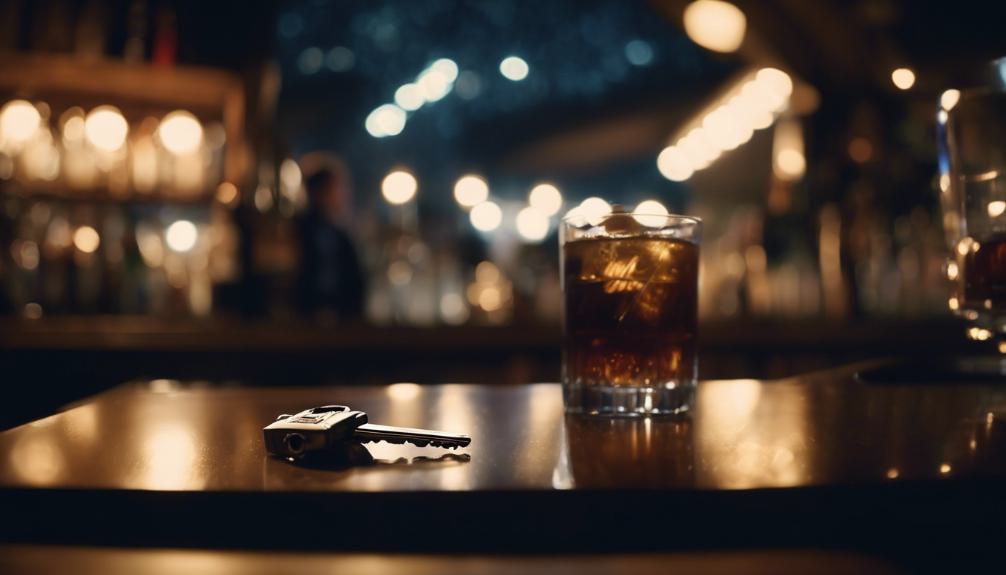
California's Dram Shop Law assigns liability to establishments that sell alcohol for damages caused by intoxicated patrons. This legislation is critical for understanding how accountability is determined following incidents where alcohol consumption plays a pivotal role. The law specifically targets commercial entities, such as bars and restaurants, highlighting the importance of responsible alcohol service. Under this statute, if an establishment serves alcohol to an obviously intoxicated individual, and that person subsequently causes harm to others, the establishment may be held legally accountable for the resulting damages. This framework encourages businesses to adopt stringent alcohol service policies to mitigate potential liabilities. Additionally, it underscores the legal obligations of alcohol-serving establishments to ensure public safety by preventing over-service to patrons, thereby playing a significant role in community health and safety standards.
Property Owner Responsibilities
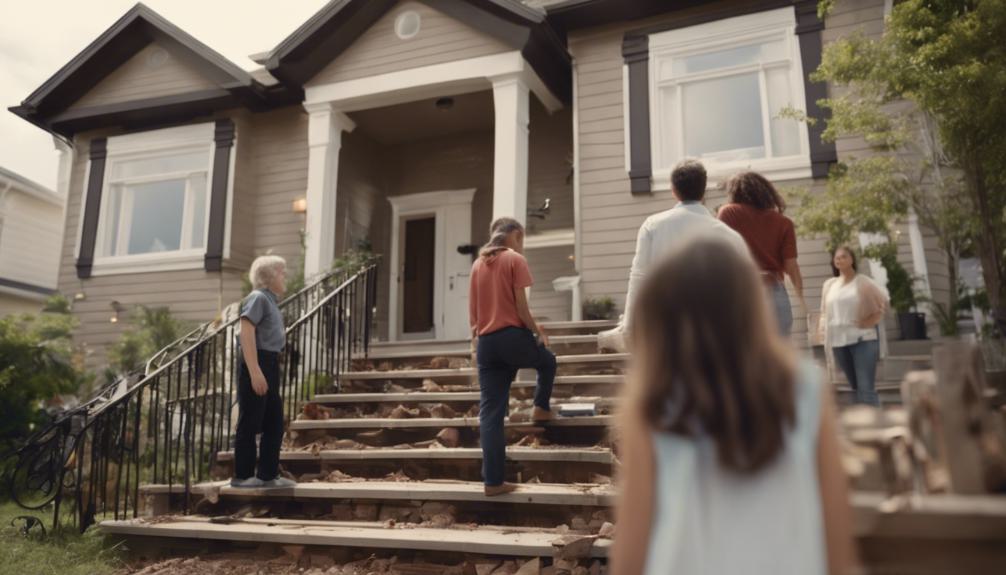
Understanding the legal implications of Dram Shop Law leads us naturally to the responsibilities that property owners hold regarding the safety and well-being of individuals on their premises. In California, property owners are legally obligated to maintain a safe environment for visitors, customers, and even trespassers under certain conditions. This encompasses a duty to identify potential hazards and take necessary precautionary measures to prevent accidents or injuries. Failure to do so can result in liability for any injuries that occur as a result of negligence. Under California Civil Code 1714(a), the scope of this responsibility is broad, emphasizing the importance of proactive property management. Evidence of negligent management, when paired with an injury claim, necessitates a thorough examination of the seriousness of the injury and the degree of control the property owner had over the circumstances leading to the incident.
Defective Product Claims
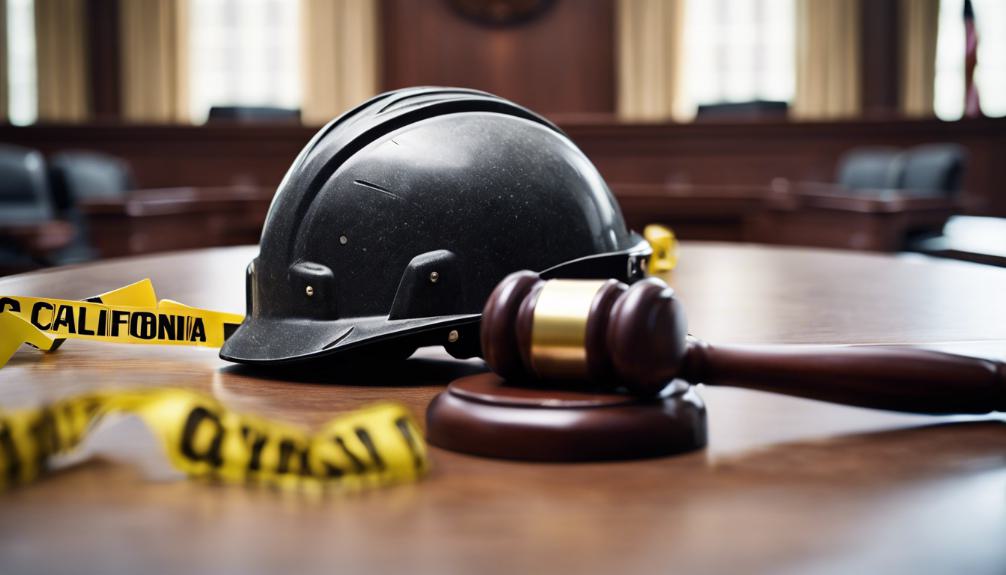
Defective product claims in California fall under the strict liability rule, holding designers, manufacturers, or sellers accountable for any injuries caused by their products. This approach eliminates the need for the injured party to prove negligence, focusing instead on the existence of a defect and its direct link to the injury. The law categorizes defects into three primary types: manufacturing defects, design defects, and inadequate warnings or instructions. To prevail in a defective product claim, plaintiffs must demonstrate that the product was used as intended or in a reasonably foreseeable manner when the injury occurred. This legal framework aims to protect consumers by ensuring that companies maintain high standards of safety and quality in their products, fostering a culture of responsibility within the marketplace.
Medical Malpractice Cases

In California, medical malpractice occurs when a healthcare provider's actions deviate from the accepted standard of care, leading to patient harm. This deviation can range from surgical errors to misdiagnoses, fundamentally breaching the trust and safety expected in healthcare settings. Victims must adhere to specific procedural steps, including notifying the healthcare provider of the intent to file a lawsuit before any legal action can commence. California law caps non-economic damages in these cases, a regulation recently adjusted to allow for incremental increases through 2033. This cap aims to balance the financial consequences for healthcare providers while still offering a route for compensation for those affected. Understanding these nuances is vital for anyone dealing with a medical malpractice claim in California.
Business Insurance Guidelines

Following the discussion on medical malpractice and its impact on healthcare providers, it is equally important to explore the area of business insurance guidelines which play a pivotal role in safeguarding businesses against a variety of legal claims in California. Commercial General Liability (CGL) insurance is the cornerstone for businesses, encompassing premises liability, product liability, and completed operations coverage. Understanding the nuances of what is and isn't covered under CGL, such as the exclusion of intentional injuries and workers' compensation, is vital for business owners. This comprehension not only guarantees compliance with legal standards but also provides a robust defense mechanism against potential claims. Effectively, these guidelines serve as a protective shield, mitigating risks and fostering a secure environment for business operations within the state.
Frequently Asked Questions
How Does California's Comparative Negligence Rule Affect Personal Injury Claims?**
California's comparative negligence rule allows for the apportionment of fault among parties in a personal injury claim, affecting the claimant's compensation by reducing it in proportion to their degree of fault in the incident.
This Question Explores How the Fault Is Determined When Both the Plaintiff and Defendant Share Responsibility for the Injury, Which Is Not Directly Addressed in the Typical Sections Listed.
In instances where both parties bear blame for an injury, fault is fractionally apportioned according to each party's percentage of responsibility. This method guarantees equitable redress, reflecting the nuanced nature of shared culpability in disputes.
Can Emotional Distress Be Claimed as Part of a Personal Injury Lawsuit in California, and Under What Conditions?**
In legal proceedings, emotional distress can be claimed as part of a personal injury lawsuit, provided there is substantial evidence to support the psychological impact directly resulting from the incident in question.
This Question Delves Into the Specifics of Claiming Compensation for Emotional or Psychological Injuries, Which May Not Be Covered in the Standard Discussions on Physical Injury Claims.
Exploring the maze of compensation for emotional or psychological injuries requires understanding beyond the physical world. Specific conditions must be met for such claims, highlighting the complexity of legal standards in this nuanced area.
What Are the Legal Steps to Take Immediately After a Personal Injury in California to Ensure the Preservation of Your Claim?**
Immediately after sustaining a personal injury, it is imperative to seek medical attention, document the incident and injuries, report the injury to relevant authorities or parties, and consult with a qualified attorney to safeguard your claim.
Conclusion
Exploring the intricate labyrinth of personal injury laws in California is akin to traversing a dense forest, each path representing a different legal statute or regulation. With strict liability rules for dog bites and product defects, capstone limitations on non-economic damages in medical malpractice, and specific statutes of limitations, this thorough legal framework guarantees a balanced resolution of personal injury disputes. It emphasizes the protection of claimants while holding businesses and healthcare providers accountable, fostering a just and equitable environment for all parties involved.

This post has been generated by AI and was not reviewed by editors. This is Not legal advice. Please consult with an attorney.


